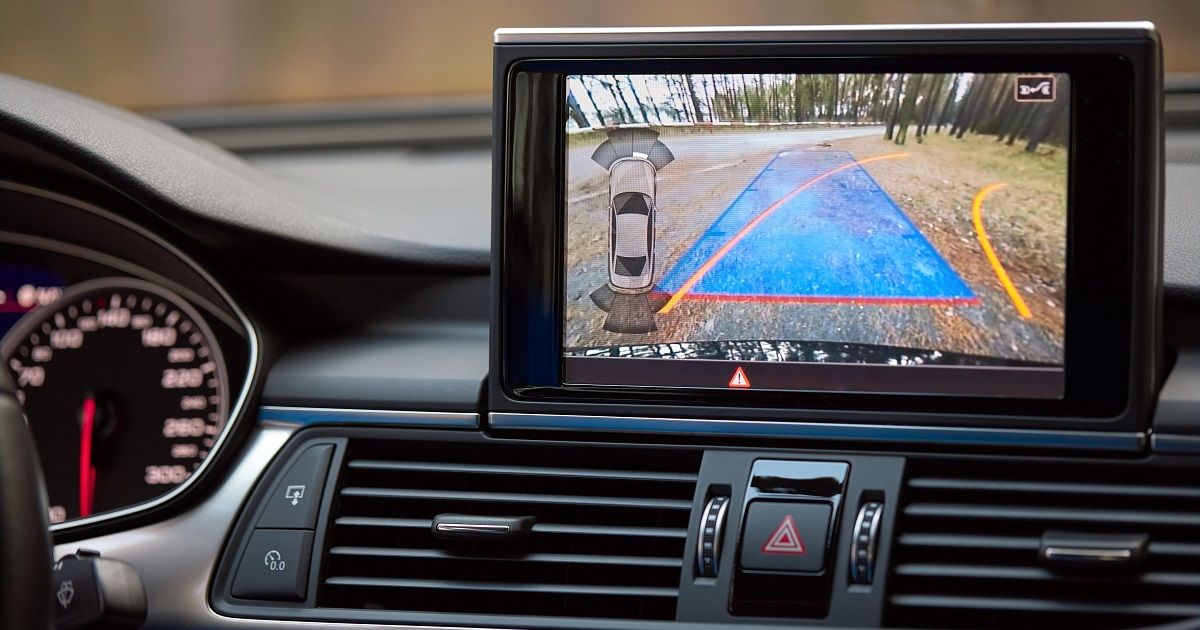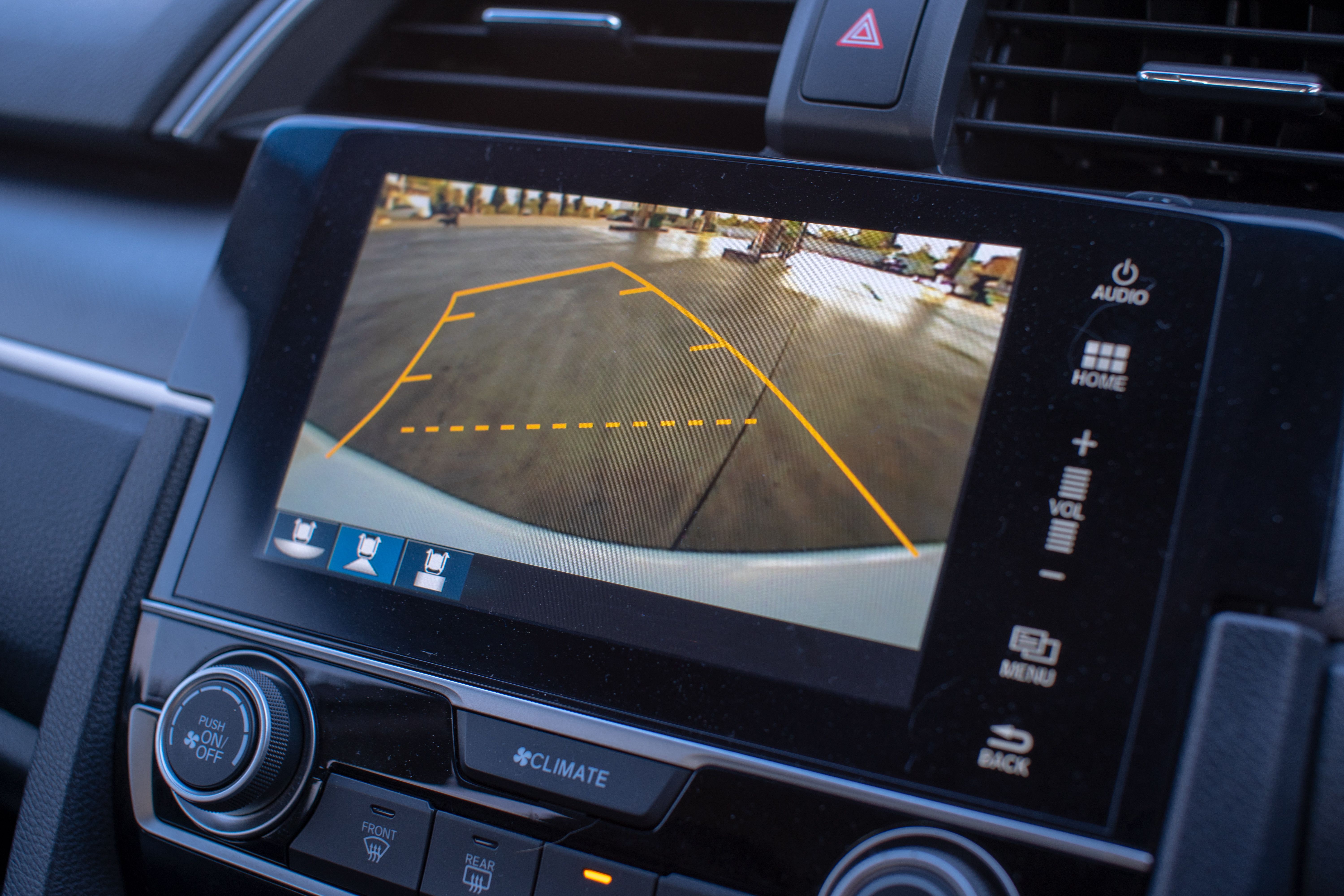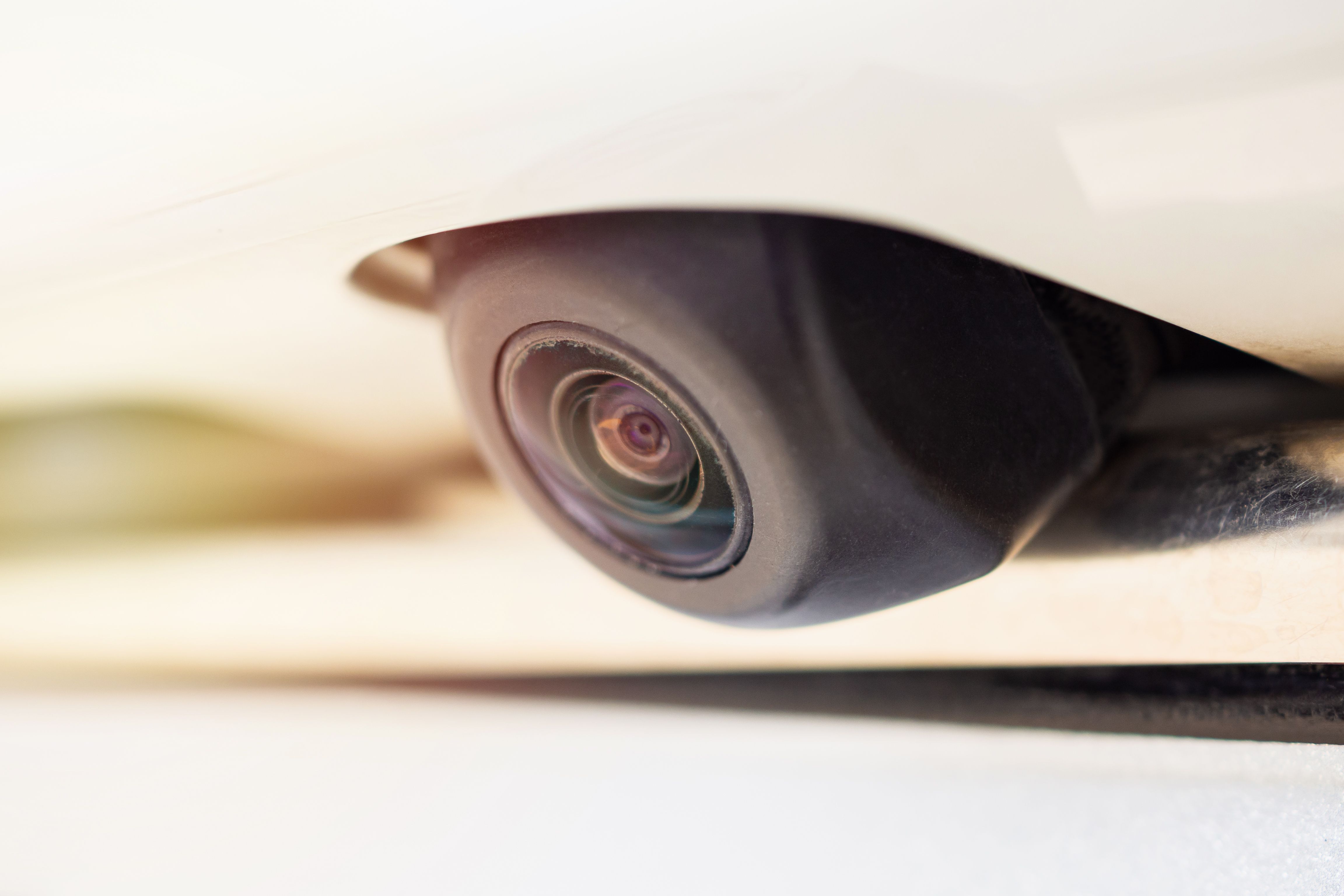Cameras in cars are not a new concept; it's a technology that has been improved and continuously improves over time. Today many cars come standard with a camera system. This may include a front and rear camera that offers you a 360-degree view of your car.
While it may seem like car companies are doing you a favor when it comes to wiring your car up, the reality is, they are generally obligated by law to fit your car with these cameras.
As of May 2018, a federal law was passed that made it compulsory for all passenger cars weighing under 10,000 lbs to be fitted with rear view monitoring technology. As a result of this, many car manufacturers who are looking to sell their cars in the American market have resorted to either installing the cameras during manufacturing or having a licensed third-party installer do it.
Rearview cameras or backup cameras are a good addition to the already existing rearview technology of rearview mirrors. This is because you do not have to fret parking if you cannot tell the distance apart from the next car, the wall, or even the curb. Based on official statistics, 210 deaths and 15,000 injuries were previously caused by backup accidents involving passenger vehicles. And unfortunately, 31% of the fatalities involve kids under the age of five.
To give you a better understanding of backup cameras, here is everything you should know about a backup camera installation for your car.
Backup Camera Basics
If you are looking to install a backup camera on your car that may have been rolled off the production line before 2018, or if yours was ruined, there are a couple of basics you need to know. For starters, you need to understand the different types of cameras. There are four backup camera types: bracket mounted, OEM-specific, flush-mounted, license plate frame, and license plate bar.
These cameras send their feeds to a monitor, which also varies. The four main display types are integrated OEM, in-dash aftermarket, On-dash aftermarket, and rearview. Once you have narrowed down your options on the type of camera you want and the display you like, it is time to choose whether you want a wireless or wired one. With everything settled on, it is time to start the installation. You can do this on your own, or you can get a professional to do it.
Installation Of A Backup Camera
If you opt to do it yourself, there are a couple of things you will need. These are mechanical gloves, safety glasses, screwdriver, panel or trim removal kit, a drill, drill bits, wire strippers, electrical tape, and zip ties.
Make sure to turn your car off before starting any installation. This is to kill off any electric flow in your car’s electronics. With that done, lay out the wiring and start your installation. To make the process easier, you might want to invest in a wire feeder or wire puller.
If you hit a bump in the process, do not be afraid to get help from a professional or watch a bunch of YouTube videos.



